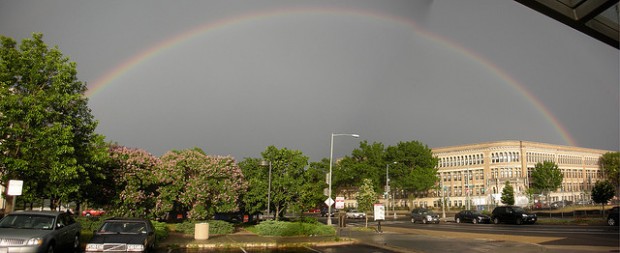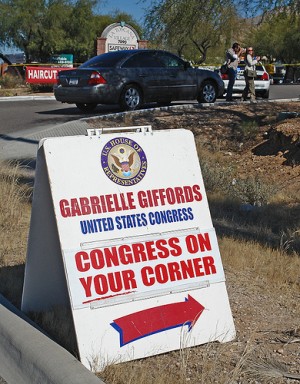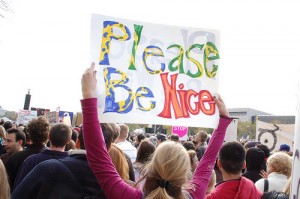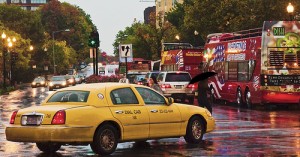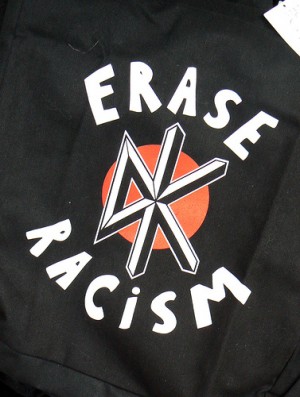Now reading: “How to Raise a Model Minority. “Tiger Mother” Amy Chua is right about one thing: Assimilation is the enemy of achievement for minorities in America“, via The Root:
“We gotta get out of here.”
My friend Allison was talking about the city we both live in, Washington D.C., where she and her husband were typical black strivers trying to do right by the race. Couple of kids, a house, advanced degrees, professional careers. Model minorities.
Allison and her husband were thriving professionally but felt suffocated by the U.S. education system, backlash against the Obama election, guns at town hall meetings, the inexplicably enduring public presence of a failed Alaska governor, the dueling Beck and Sharpton rallies — the nastiness that settled over us like an angry, evil cloud.
So where to? Maybe they wanted to join the bourgie reverse migration down South? “Mozambique … ,” she said. “Maybe Venezuela. We haven’t decided yet.”
Huh? Crazy talk! But I couldn’t fault her for wanting to flee the country. My son, an athletic bookworm, was having a rough year when we heard an NPR report in the car about black boys failing in schools. There was a long, uncomfortable silence as I searched for but did not find the words to say, “But they don’t mean you!” without denying him pride in his racial identity…





